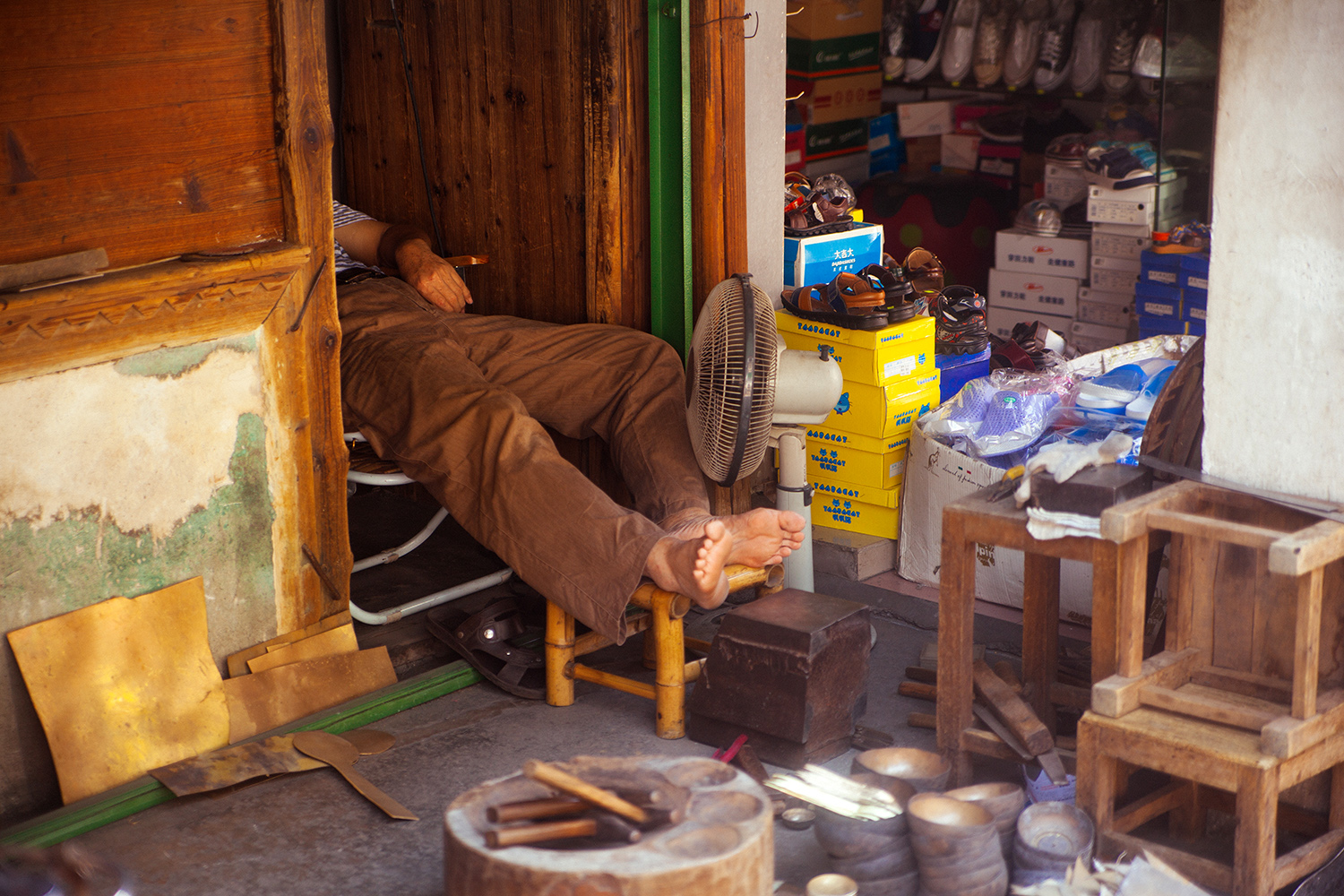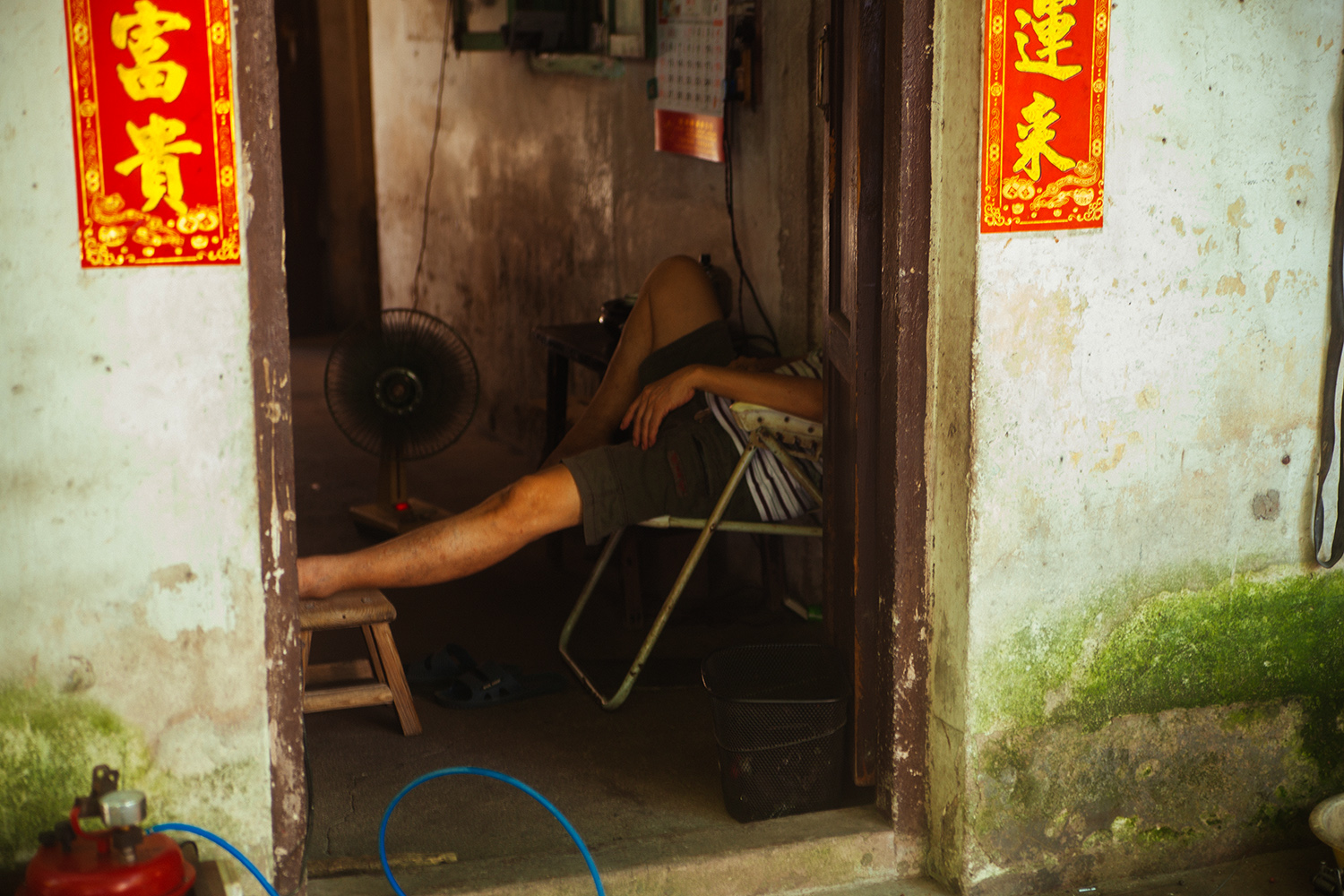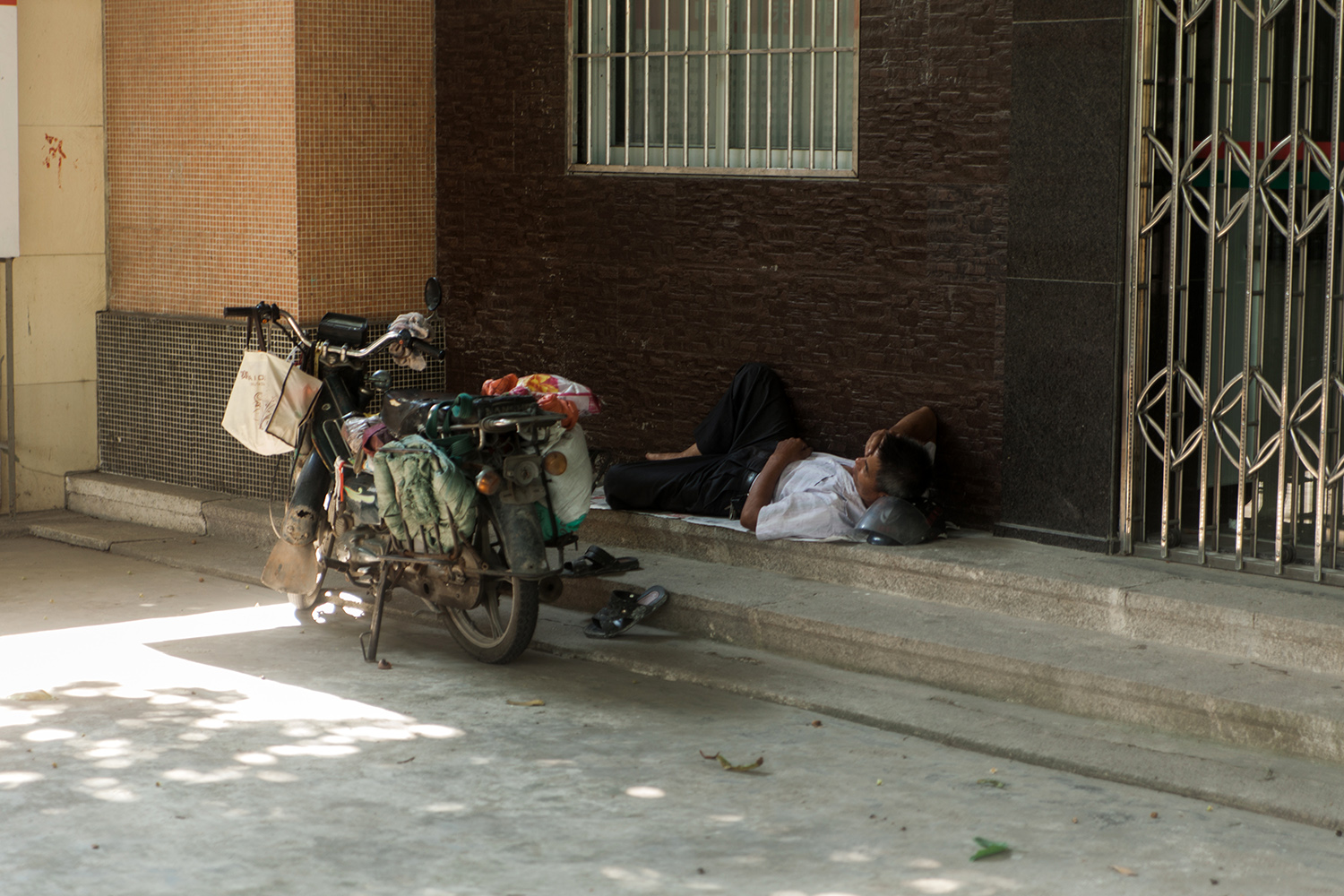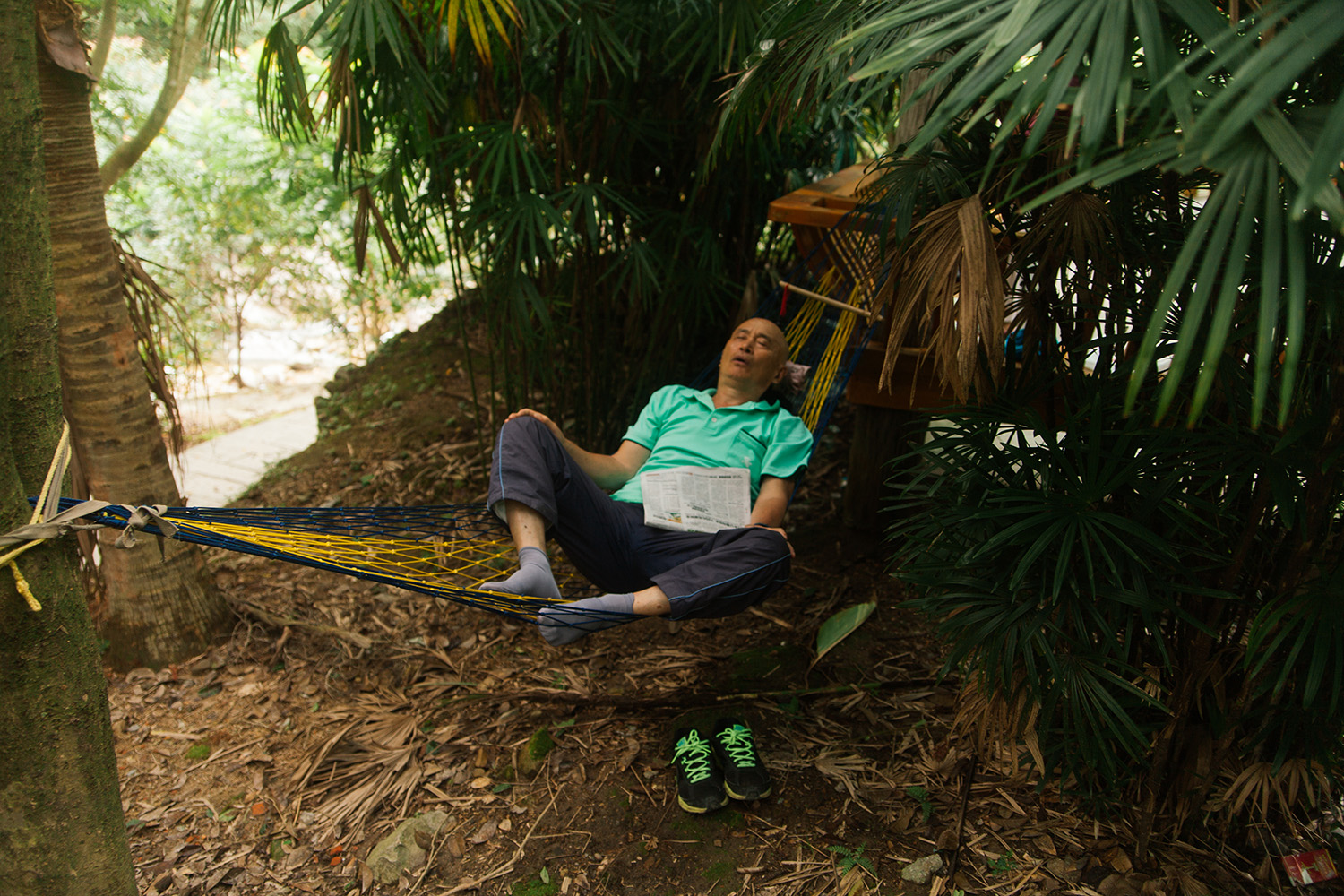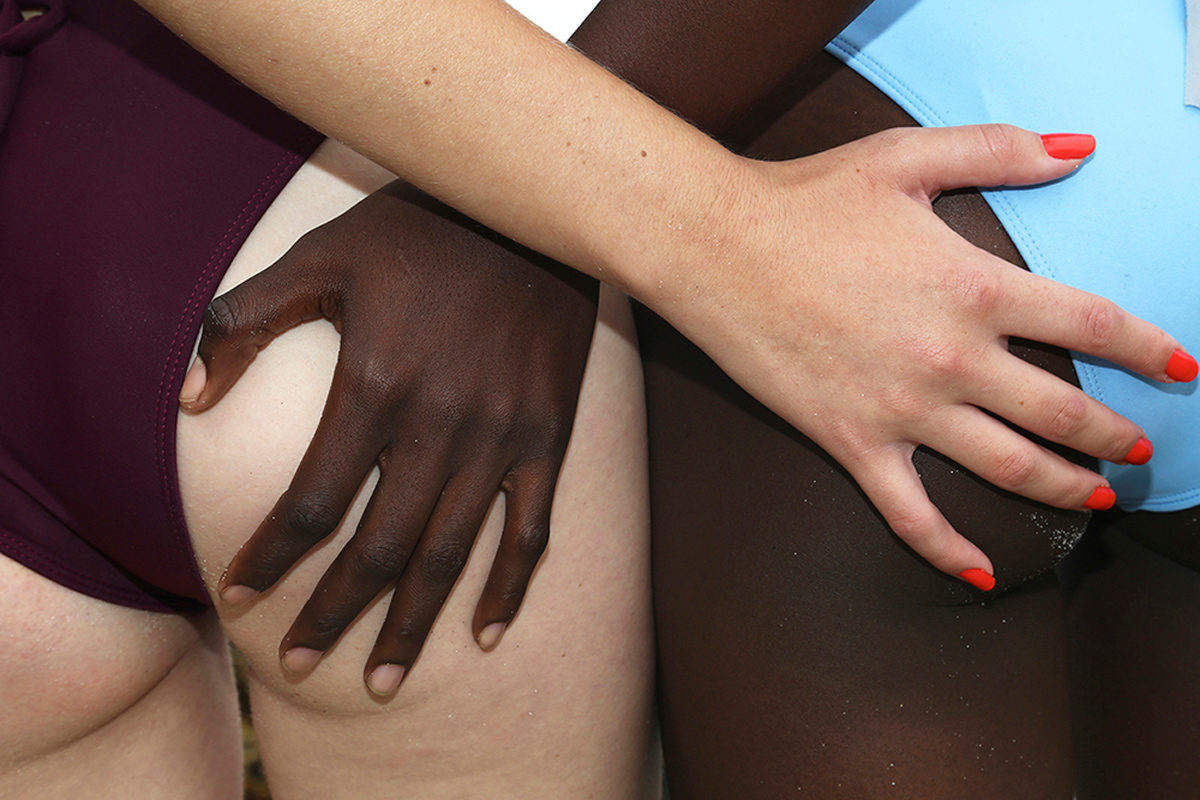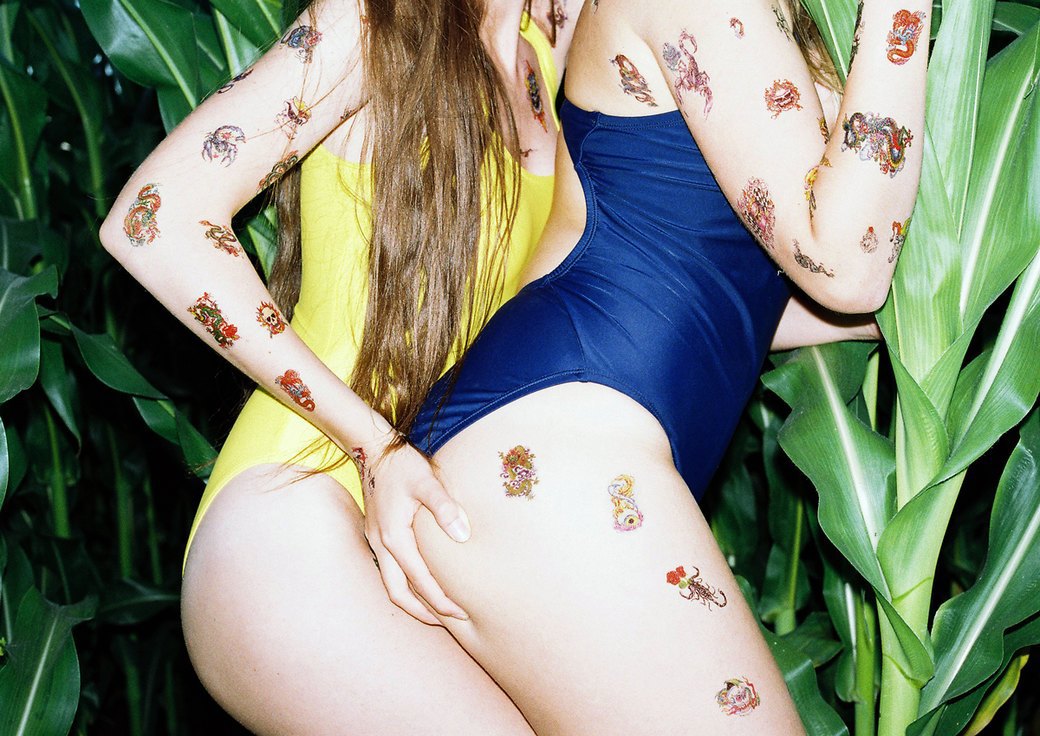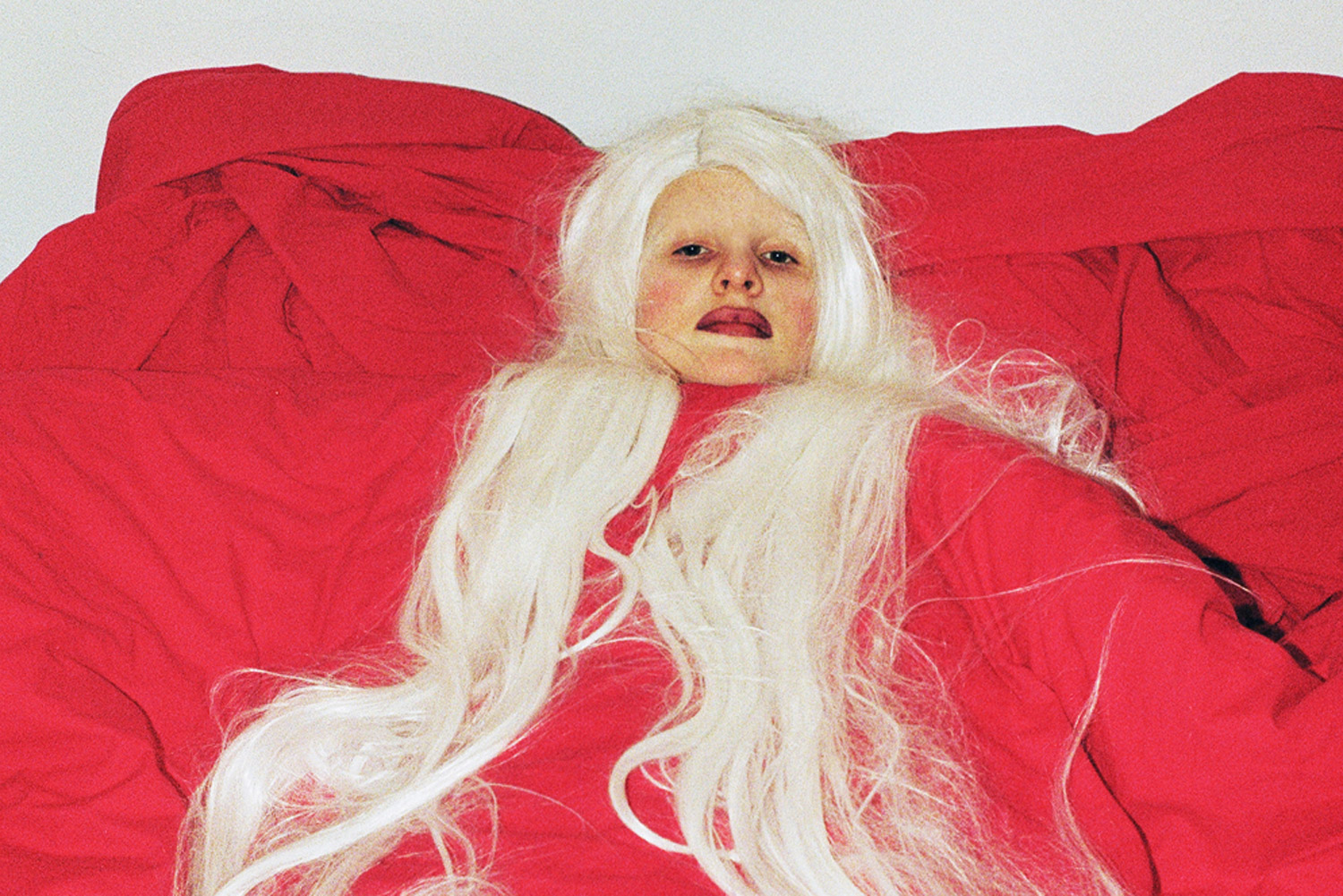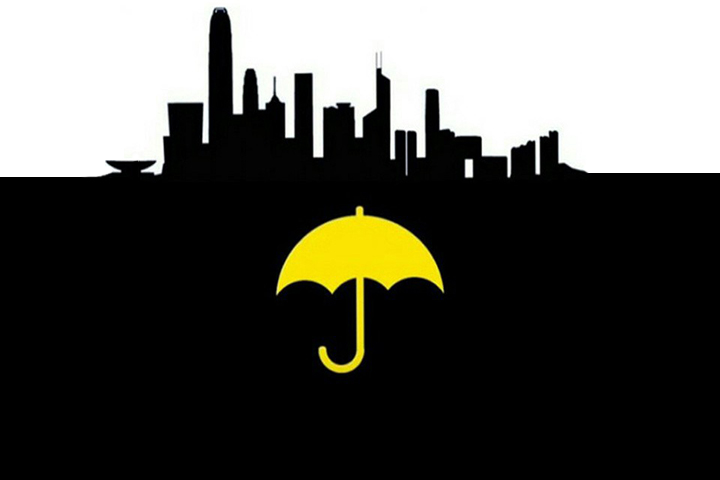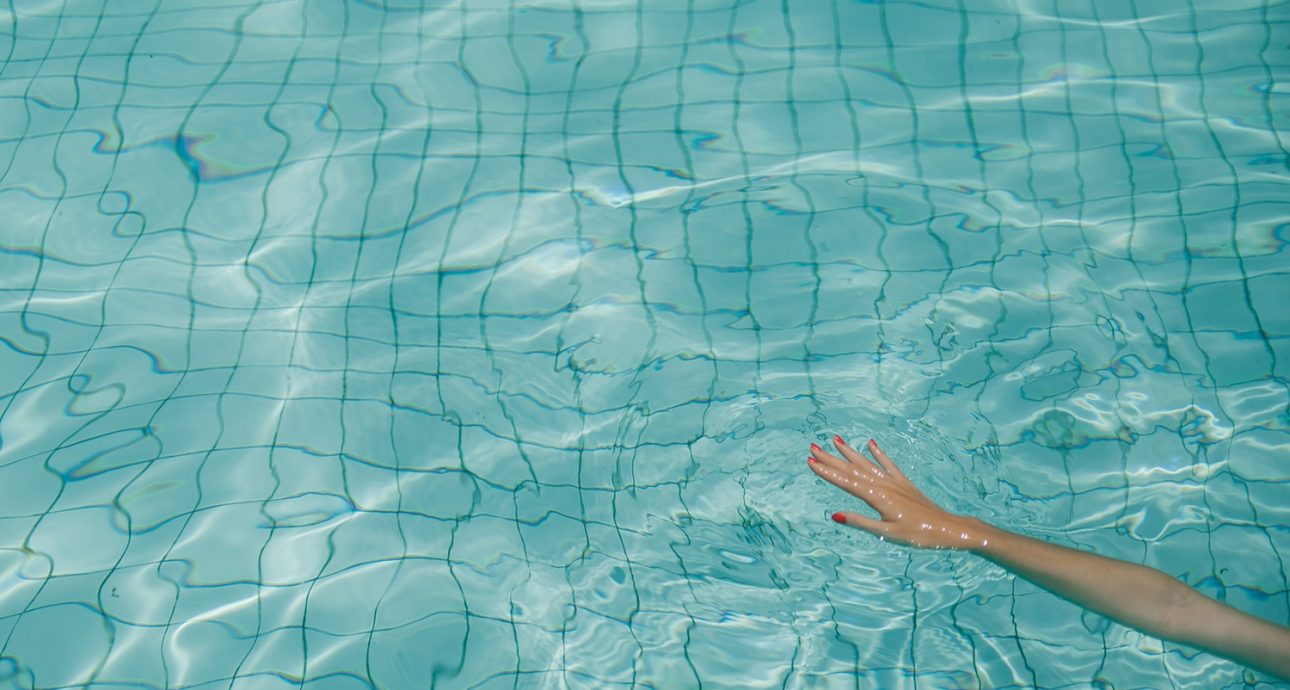
Talent Show: Roman Chekalyuk
During the crisis of 2008 I was left jobless in Kyiv, so I went back to my native Drohobych. My best friend and I launched a start-up there — we took panoramic photographs of tourist attractions. We wanted to be independent from office work and do creative stuff in the future.
After six years of freelancing I went to China. All this time I felt I was in the same place and did not develop as a photographer. Of course, I tried to travel a lot, but at the same time, I had a wish to fully dive into a foreign environment, move to a country where everything I was used to, from food to ways of thinking, would be absent. It only took me seconds to decide whether to accept the job offer in Shantou. Several weeks later I was there, with two film and one digital camera. Contrast cities, new people and landscapes — my photographs changed with the change of environment, and my love for photography only grew bigger.
I work as a translator in China, I write texts in Ukrainian for goods for children. Of course, I would be happy to earn purely with photography, but it is difficult, because I don’t want to be photographing weddings and events.






Before I came to China, my knowledge about its culture was limited to photographs and documentaries. The Great Wall, Guilin mountains, and several other popular tourist spots. I went to live in the south of the country: summer, 37-degree heat, high humidity. This was like a surreal dream: only Chinese people around, speaking, of course, only the Chinese language, taking photographs of you in the supermarket and pointing fingers. I felt as if I was Marco Polo.
In the past 30 years cities in China grew to be huge megalopolises, but not all citizens keep up with that globalization. You could meet a guy here with a naked torso who made money fast manufacturing toys and is now spitting on the ground from the window of his Porsche, or a huge golden Lexus covered in Hello Kitty stickers.
I love big cities, especially Hong Kong: the atmosphere and contrasts are breathtaking. It is interesting to go places where the tourists’ steps have never tread before, get in through the holes in the fences, go up the stairs to yards where the locals live. This is what inspires me most — you should be ready to walk a lot, and you will definitely find what to photograph.


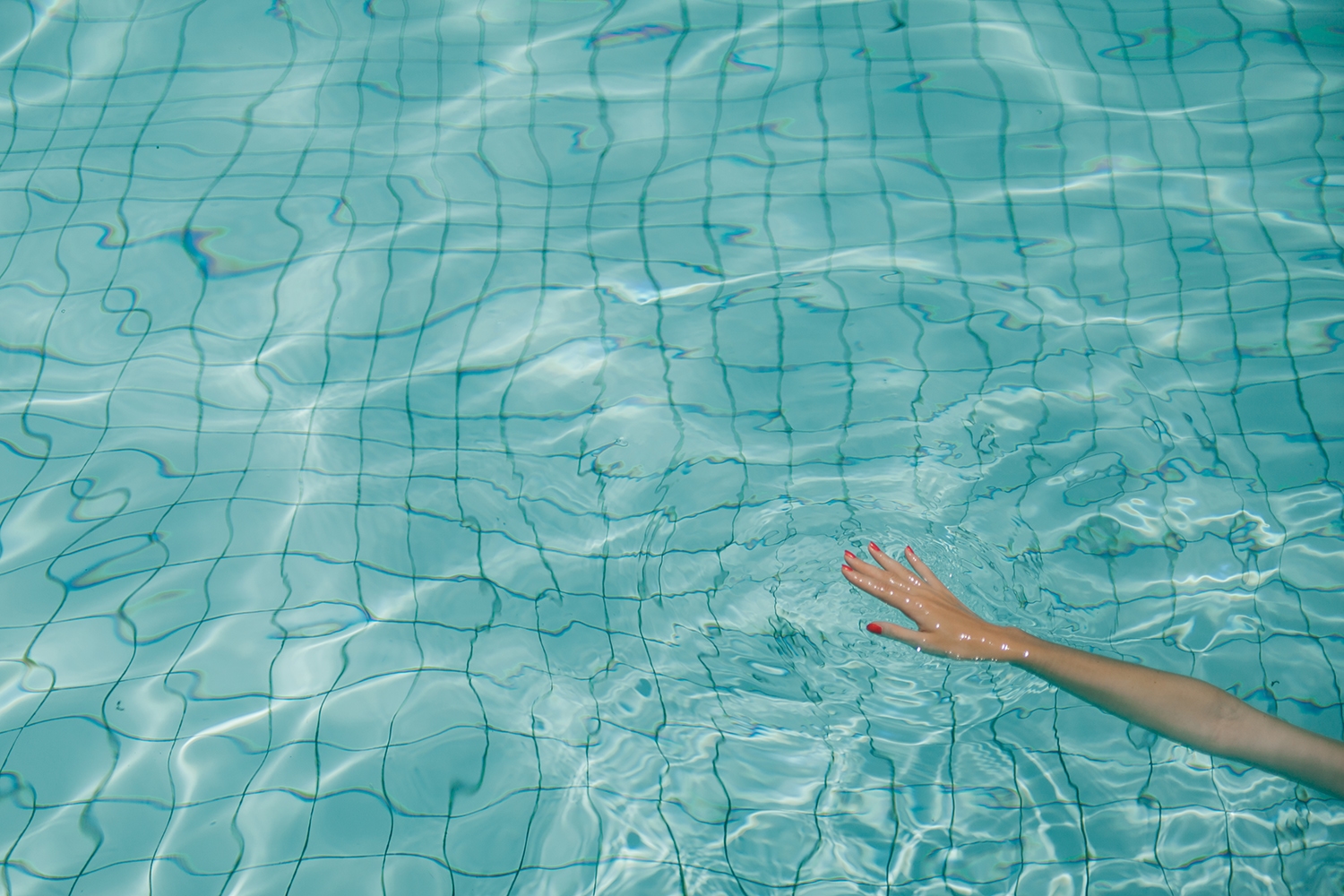


New and best
